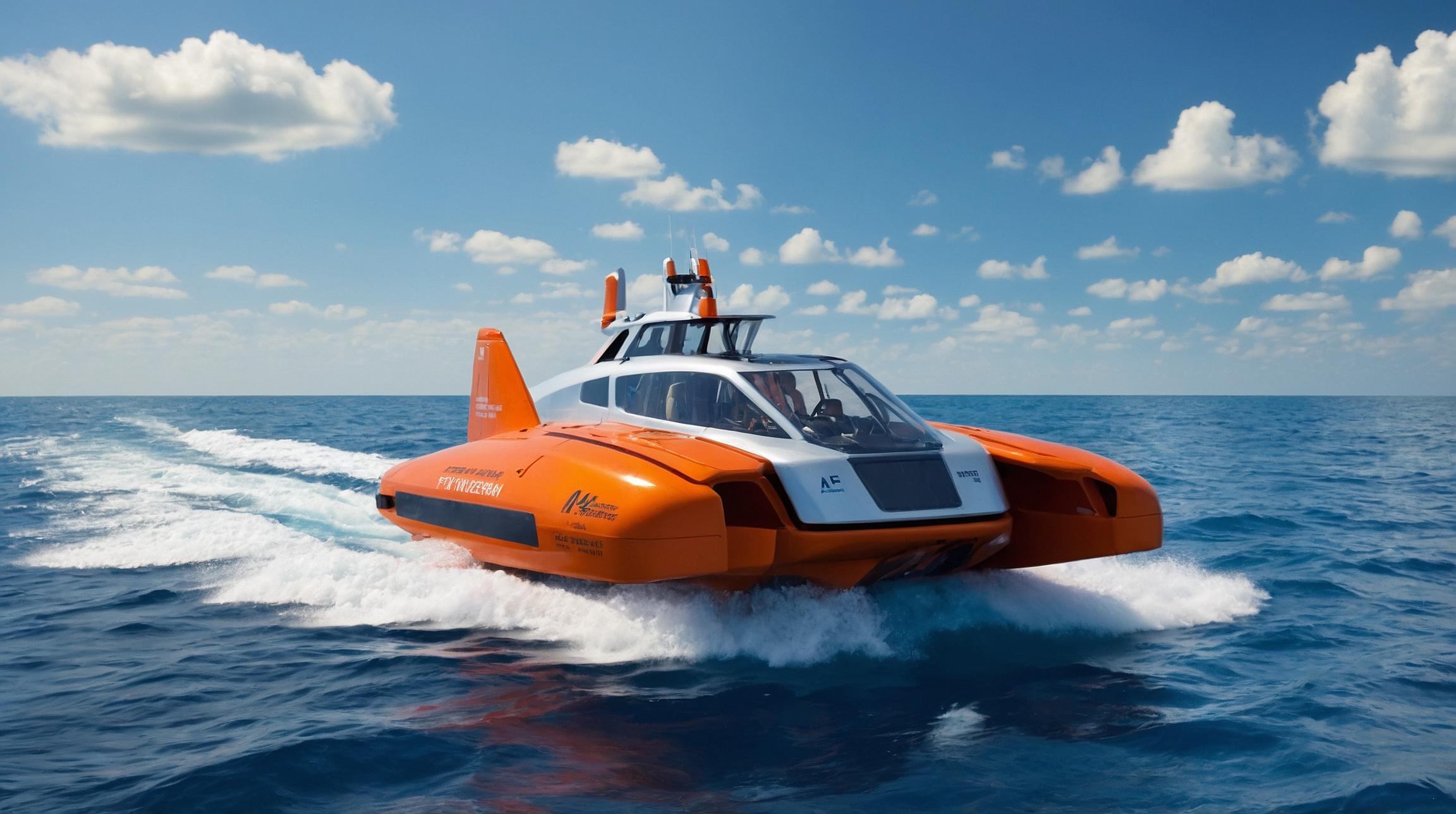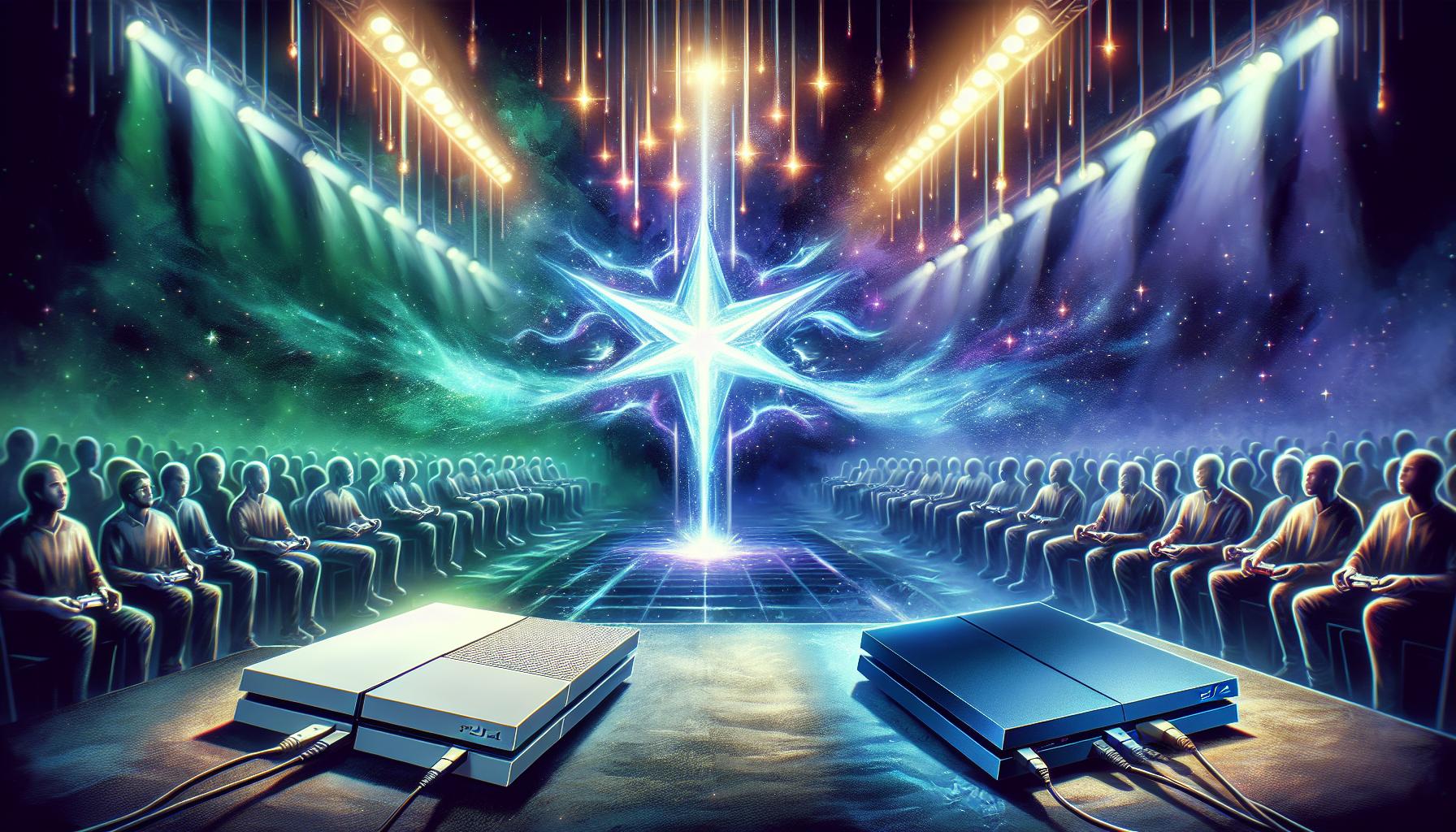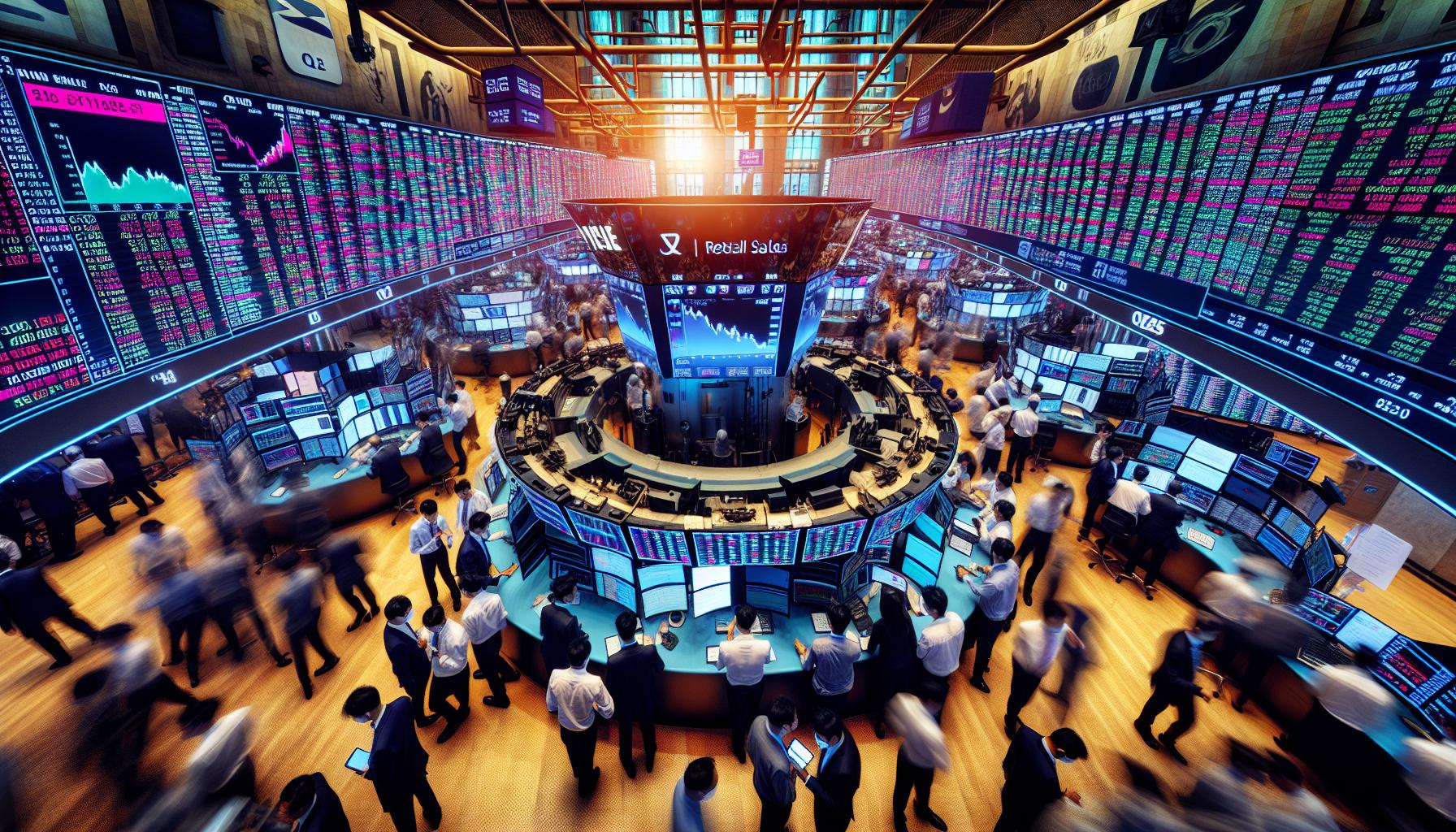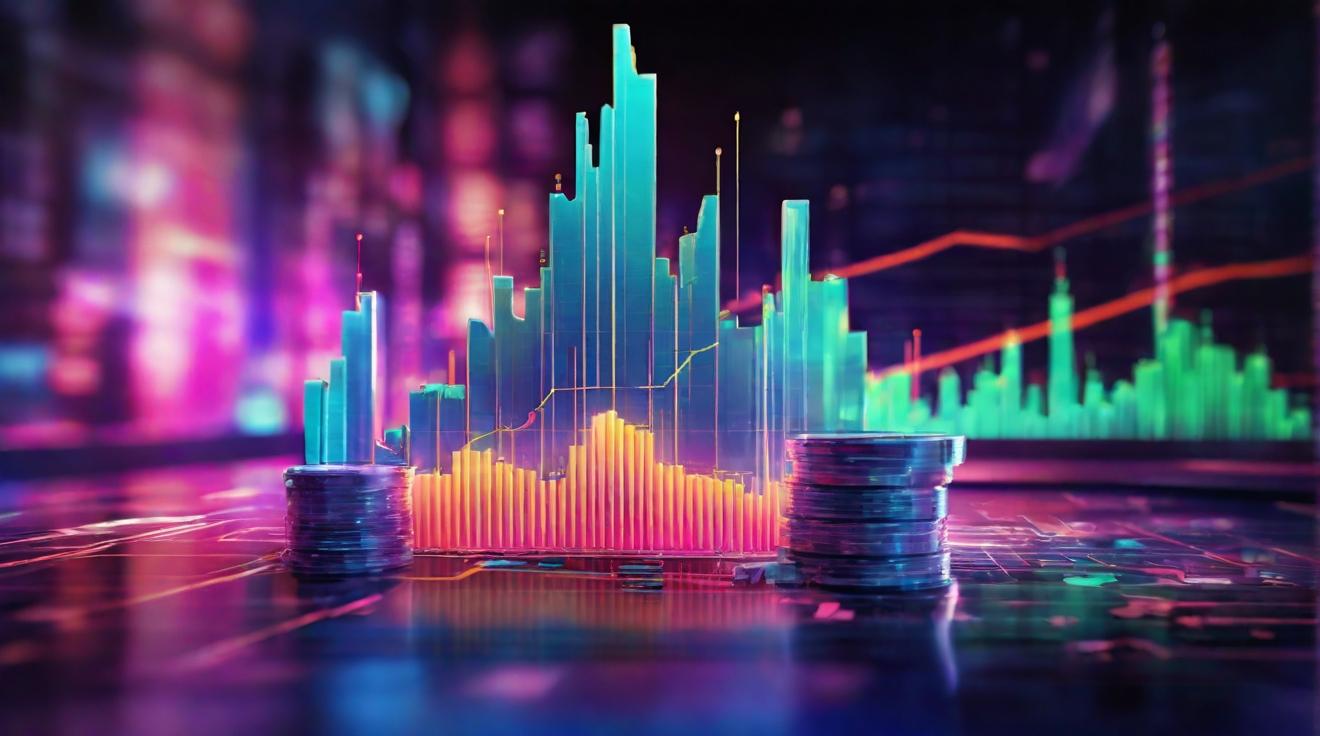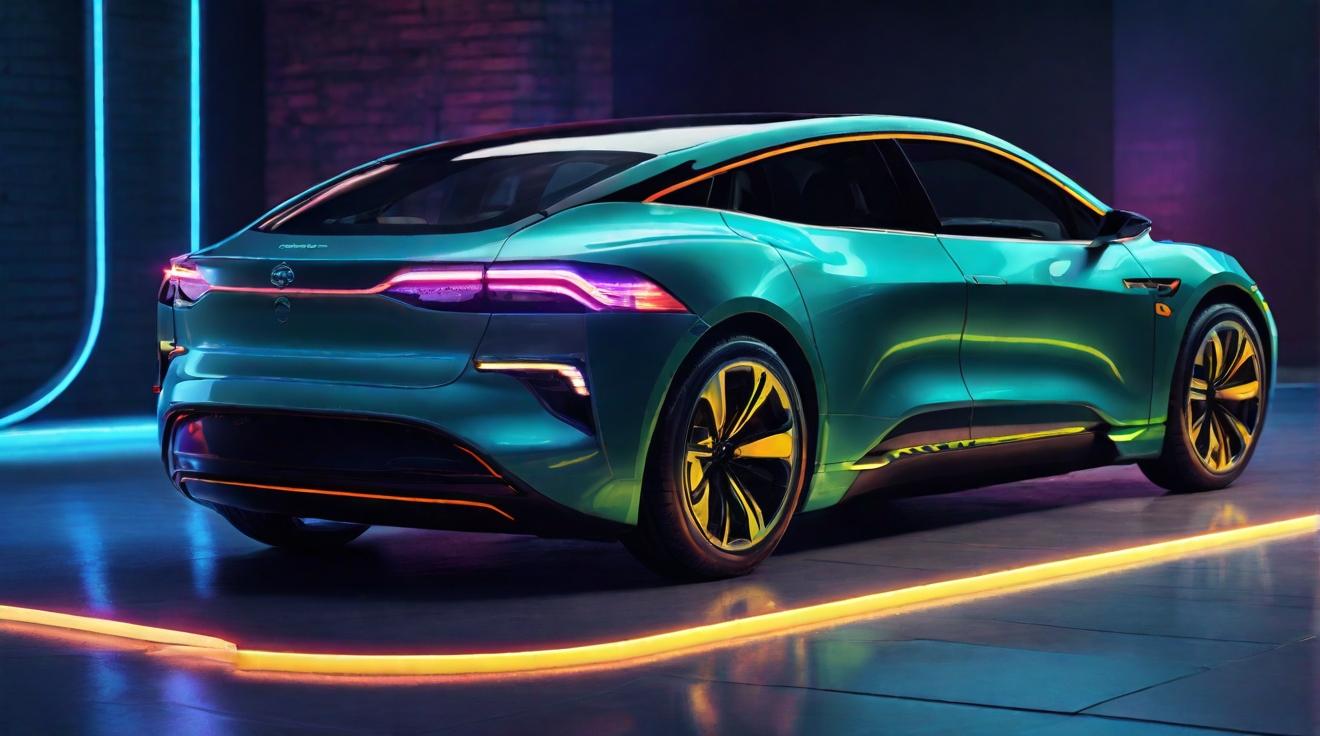AI Image Generators: Bridging the Gap Between Art and Artificial Intelligence
In an era where technology intersects evocatively with creativity, the emergence of AI image generators stands out as a groundbreaking advancement. With their roots tracing back to the 1970s, long before the digital explosion, these AI-driven tools today are not just mimicking human creativity but are also challenging our perceptions of what artificial intelligence can achieve.
The Evolution of AI in Art
The journey began with Harold Cohen, an artist who, in the early 1970s, introduced AARON, a robot capable of drawing black-and-white shapes under Cohen's guidance. Fast forward to the present day, generative AI models such as Midjourney and OpenAI's DALL-E have revolutionized this domain by generating intricate images in a matter of seconds. These images, often indistinguishable from those created by humans, have raised discussions and even concerns about the future of creativity.
How Generative AI Models Work
At the core of these AI image generators is a sophisticated deep learning approach, utilizing diffusion models. These models train on extensive datasets, the largest being LAION-5B, which comprises over 5.85 billion tagged images sourced from various corners of the internet. By introducing visual "noise" to these images and then learning to reverse these distortions, the models can recreate images that align closely with the original visuals.
The process involves a detailed understanding of pixel patterns that represent different objects and scenes. For instance, inputting a request for a picture of a hippopotamus prompts the AI to delve into its latent space, a repository of mathematical codes that represent visual knowledge, to generate a realistic rendition of the animal.
The Challenges and Future of AI-generated Images
Despite their advancements, these AI image generators are not without their flaws. Complex images can sometimes lead to erratic outcomes, and certain details, like human hands or facial symmetry, can be inaccurately represented. However, ongoing refinements in datasets and algorithms are rapidly improving these models' abilities.
The recent focus on improving specific elements such as the rendering of hands highlights a commitment to enhancing realism and accuracy in AI-generated images. Such improvements hint at a near future where distinguishing between an AI-generated image and a real photograph may become increasingly challenging, if not impossible.
Conclusion
AI image generators represent a remarkable synergy of technology and art, expanding the boundaries of creativity while posing important questions about originality and the role of human artists in the digital age. As these technologies continue to evolve, they promise to unlock new vistas of creativity, further blurring the lines between the real and the artificial.
The rapid advancements in AI technology underscore an exciting but cautious journey ahead, where the potential for innovation must be balanced with mindfulness about its implications on creativity and societal perceptions of art.
Analyst comment
Positive news: The emergence of AI image generators represents a groundbreaking advancement in the intersection of technology and creativity. These tools challenge our perceptions of what AI can achieve and have the potential to unlock new vistas of creativity. Despite some flaws, ongoing refinements in datasets and algorithms are rapidly improving these models’ abilities. The future of AI-generated images promises to further blur the lines between the real and the artificial. Analyst: The market for AI image generators will continue to grow as advancements in technology and algorithms improve, driving increased interest and adoption in the field of AI-generated art.






